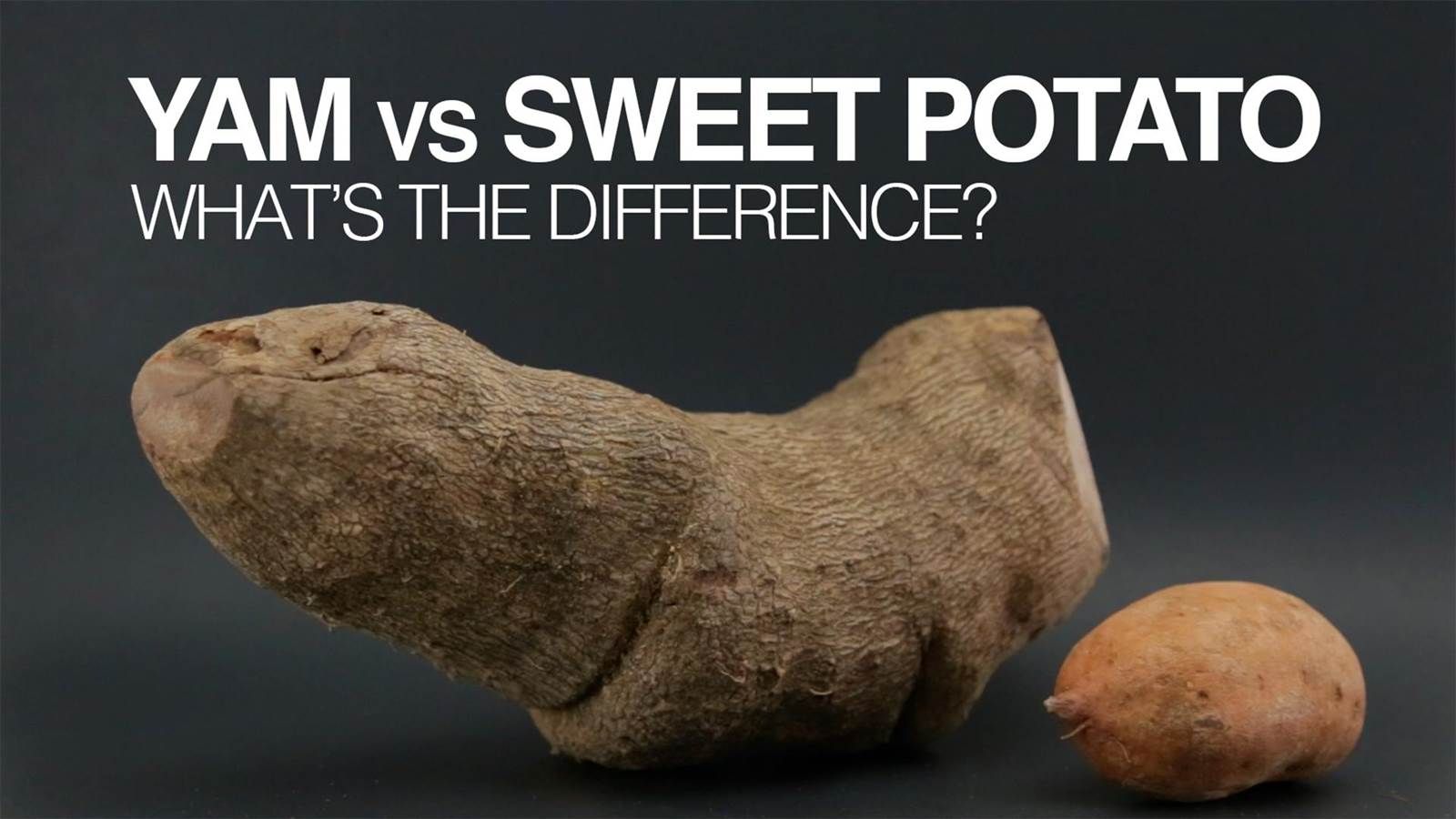Introduction
Sweet potatoes and yams are two starchy root vegetables that are often confused with each other due to their similar appearance and use in culinary dishes. Despite their common misidentification, sweet potatoes and yams belong to different botanical families and have distinct characteristics in terms of taste, texture, appearance, and nutritional composition. In this comprehensive guide, we will delve into the differences between sweet potatoes and yams, explore their respective features, nutritional profiles, culinary uses, and common misconceptions surrounding them.
Understanding Sweet Potatoes
Sweet potatoes (Ipomoea batatas) are members of the morning glory family and are native to Central and South America. They are grown for their sweet-tasting tuberous roots, which come in a variety of colors, including orange, purple, and white. Sweet potatoes are widely cultivated around the world and are known for their versatility in culinary applications.
Understanding Yams
Yams (Dioscorea spp.) are members of the Dioscoreaceae family and are native to Africa and Asia. Unlike sweet potatoes, yams have rough, bark-like skin and are starchier and less sweet in flavor. Yams are a staple food in many tropical regions and are often used in traditional dishes and celebrations.
Appearance and Varieties
Sweet Potatoes
Sweet potatoes have smooth, thin skin and come in various colors, including orange, purple, and white.
There are two main types of sweet potatoes: “firm” or “dry” sweet potatoes and “soft” or “moist” sweet potatoes, with the former having a drier texture and the latter being softer and more moist.
Common varieties of sweet potatoes include Beauregard, Jewel, Garnet, and Hannah.
Yams
Yams have rough, scaly skin that resembles tree bark and are typically larger and more cylindrical in shape than sweet potatoes.
Yams are less colorful than sweet potatoes, usually ranging from white to brown or dark gray in color.
There are various species of yams, including African yams (Dioscorea cayenensis and Dioscorea rotundata) and Asian yams (Dioscorea alata and Dioscorea esculenta).
Nutritional Composition
Sweet Potatoes
Sweet potatoes are rich in vitamins, minerals, and antioxidants, including vitamin A (as beta-carotene), vitamin C, potassium, manganese, and fiber.
The orange-fleshed varieties of sweet potatoes are particularly high in beta-carotene, a precursor to vitamin A, which is important for vision, immune function, and skin health.
Yams
Yams are also nutritious but have a different nutritional profile than sweet potatoes. They are high in carbohydrates and provide dietary fiber, potassium, vitamin C, and various B vitamins.
Yams contain less beta-carotene than sweet potatoes and are not as rich in vitamin A, but they still offer valuable nutrients for overall health and well-being.
Culinary Uses
Sweet Potatoes
Sweet potatoes can be cooked in a variety of ways, including baking, boiling, roasting, steaming, or frying.
They are commonly used in both sweet and savory dishes, such as sweet potato pie, mashed sweet potatoes, sweet potato fries, and roasted sweet potato salads.
Yams
Yams are often boiled, roasted, or fried and can be used in soups, stews, curries, and desserts.
In some cultures, yams are ground into flour or pounded into a paste to make traditional dishes like pounded yam or yam fufu.
Common Misconceptions and FAQs
Are sweet potatoes and yams the same thing?
No, sweet potatoes and yams are two distinct root vegetables with different botanical classifications, appearances, tastes, and nutritional profiles.
Why are sweet potatoes sometimes called yams in the United States?
The confusion between sweet potatoes and yams in the United States stems from historical labeling practices. Early African slaves referred to sweet potatoes as “yams” because of their resemblance to true yams from Africa. Over time, the terms became interchangeable in American English, leading to confusion.
Can I substitute sweet potatoes for yams in recipes?
Yes, you can substitute sweet potatoes for yams in most recipes, as they have a similar texture and can be prepared in similar ways. However, keep in mind that sweet potatoes are sweeter and may alter the taste of the dish slightly.
Are sweet potatoes healthier than yams?
Both sweet potatoes and yams are nutritious and offer valuable vitamins, minerals, and antioxidants. The choice between them depends on personal preference and dietary needs.
Are purple sweet potatoes the same as yams?
Purple sweet potatoes are a type of sweet potato, not true yams. They belong to the same species (Ipomoea batatas) as other sweet potatoes but have a vibrant purple color due to their anthocyanin content.
Are yams only grown in Africa and Asia?
While yams are native to Africa and Asia, they are also cultivated in other tropical regions, including the Caribbean, Latin America, and the Pacific Islands, where they are a staple food crop.
Conclusion
Sweet potatoes and yams are two distinct root vegetables with unique characteristics, nutritional profiles, and culinary uses. While they are often confused with each other, understanding the differences between sweet potatoes and yams can help you make informed decisions about incorporating them into your diet. Whether you prefer the sweet and versatile sweet potato or the starchy and hearty yam, both root vegetables offer valuable nutrients and delicious flavors that can enhance a variety of dishes and cuisines. By exploring the distinctions between sweet potatoes and yams, you can expand your culinary repertoire and enjoy the diverse array of flavors and textures that these nutritious root vegetables have to offer.
- Clout Chasing In Love: When Social Status Becomes A Priority - May 8, 2025
- Jalupro Super Hydro Skin Booster Treatments Near Buckland, Surrey - May 6, 2025
- How To Fix Marionette Lines Without Fillers? - May 5, 2025

